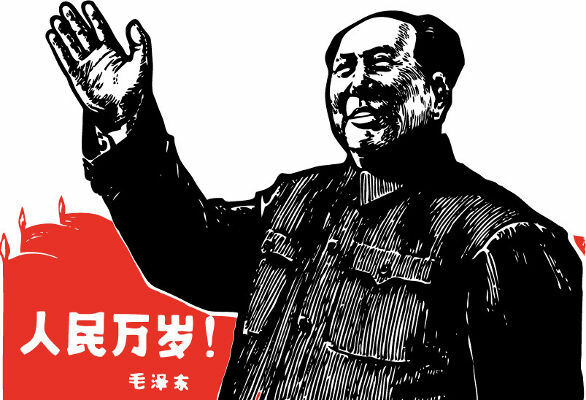After seizing power in 1949, participating in the Korean War and the success of the 1st Five-Year Plan (1953-1957), Chinese leader Mao Tse-tung launched the Great Leap Forward (1958-1962), a program of profound reforms aimed at accelerating the march to communism.
One of the creations of the Great Leap were the Popular Communes. They would replace the old agricultural production cooperatives, seeking to suppress the last remnants of private property. The Communes brought together about 20,000 to 30,000 people, creating a social, agricultural, industrial, administrative, cultural, medical and military unit. They were administered by a Central Committee that controlled production and organized the Work Brigades.
This change in the direction of the paths of the revolution shifted the center of State investments to the countryside and no longer to basic industries located in the cities. One of the goals was to unite agricultural and industrial production by installing industrial equipment in rural areas. Thus, the
Big jump it intended to overcome the division between countryside and city, instituted by capitalism since its genesis.But for some historians, like Lincoln Secco and José Mao Júnior, the politics of the Big jump it aimed at a far more cultural than merely economic transformation of the Chinese population. The objective was to encourage the popular masses to take the initiative in conducting some aspects of social life, but evidently within limits imposed by the State.
By encouraging popular participation, Mao intended to counterbalance the power of the party bureaucracy and state, encouraging cultural production, such as encouraging people to write short stories and poetry. semi-literate; create a popular military defense; provide the participation of women in the labor market, creating conditions for the abandonment of some jobs households with the centralization of this type of work in laundries and collective kitchens and with the creation of day care centers community. In addition, Chinese leaders sought to criticize the division between manual and intellectual labor by sending thousands of intellectuals and artists to work in the field. This measure also served to remove opponents from within the party from large urban centers, thus undermining its influence.
Do not stop now... There's more after the advertising ;)
However, the Big jump it did not result in the previously calculated economic growth. Agricultural crops were damaged by droughts and floods in some regions, as well as the production of raw materials for industries; Machines wore out due to intensive use or even lack of technical knowledge capable of operating them. This last point was intensified by the fact that China distanced itself from the USSR and lost technical cooperation with its northern neighbor. The Sino-Soviet conflict caused the USSR to withdraw several of its technical industrial experts from China after a series of disagreements between the two countries, which ranged from the USSR's lack of support for the production of the Chinese atomic bomb to Beijing's criticisms of the misrepresentation of Marxist ideals by the leaders Soviets.
the failure of Great Leap Forward weakened Mao Tsetung's leadership, causing him to try to regain prestige through the launch of the cultural revolution, in 1966.
By Tales Pinto
Graduated in History
Would you like to reference this text in a school or academic work? Look:
PINTO, Tales dos Santos. "Great Leap Forward in the Chinese Revolution"; Brazil School. Available in: https://brasilescola.uol.com.br/historiag/grande-salto-para-frente-na-revolucao-chinesa.htm. Accessed on June 27, 2021.
General history

Click on this link from Brasil Escola and have access to information about the Chinese Revolution, which took place in 1949. On this link you will have access to an overview of the situation in the country at the beginning of the 20th century and you will know how, gradually, the communists gained the support of the Chinese population, which allowed the seizure of power in 1949.

